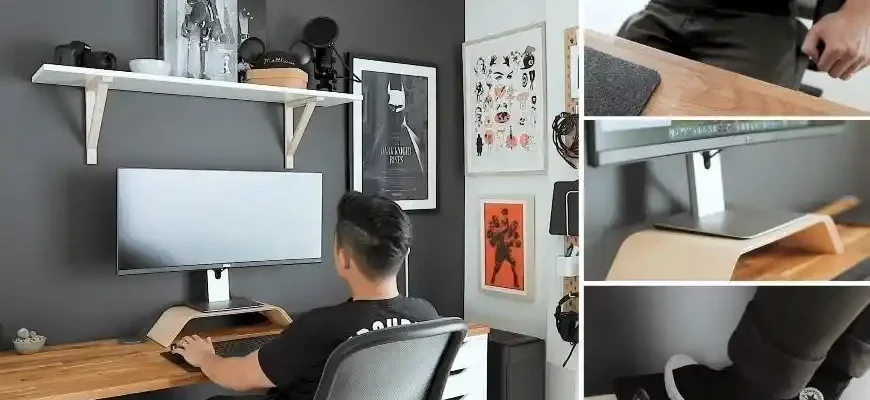In today’s fast-paced world, where multitasking and constant connectivity are the norms, a well-organized workspace can be a game-changer for both productivity and mental well-being. Whether you’re working from home or in an office, the space where you spend most of your working hours plays a pivotal role in shaping your efficiency, mood, and health. But how do you go about organizing it in a way that actually helps you? This guide explores everything from scientifically-backed strategies to personal experiences, offering practical advice that you can implement right away.
The Science Behind Workspace Organization
1. Impact on Productivity and Focus
Studies have shown that cluttered environments can negatively affect your cognitive functions, reducing both focus and productivity. According to research by Princeton University, visual clutter can impede your brain’s ability to focus on tasks, while a clean, well-organized environment can boost concentration and task efficiency. In fact, a study by the University of Minnesota found that individuals working in clean, orderly spaces were 15-20% more productive than those in cluttered environments.
But it’s not just about tidying up the desk. The organization should be intentional. For example, the placement of items, the level of accessibility, and the general layout all influence how efficiently you work. Your environment needs to be designed for the tasks you perform most often.
2. Impact on Mental Health
There’s a direct correlation between the organization of your workspace and your mental health. Chronic disorganization can lead to stress, anxiety, and even depression. In contrast, a study published in the Journal of Environmental Psychology revealed that people with organized workspaces had lower cortisol levels and reported higher job satisfaction.
Furthermore, clutter can trigger negative emotions like frustration and guilt, which can further exacerbate stress. A clean, well-structured workspace, on the other hand, promotes a sense of control and well-being, which is essential for maintaining mental clarity.
The Pillars of Workspace Organization
1. The Physical Layout
The first thing to consider when organizing your workspace is the layout. It’s all about creating zones for different activities. For instance, if you are working on a computer most of the time, your desk should have a clear surface, with only essential items within arm’s reach. Things like pens, notebooks, and your phone should be in drawers or on a shelf, reducing distractions.
Key Recommendations:
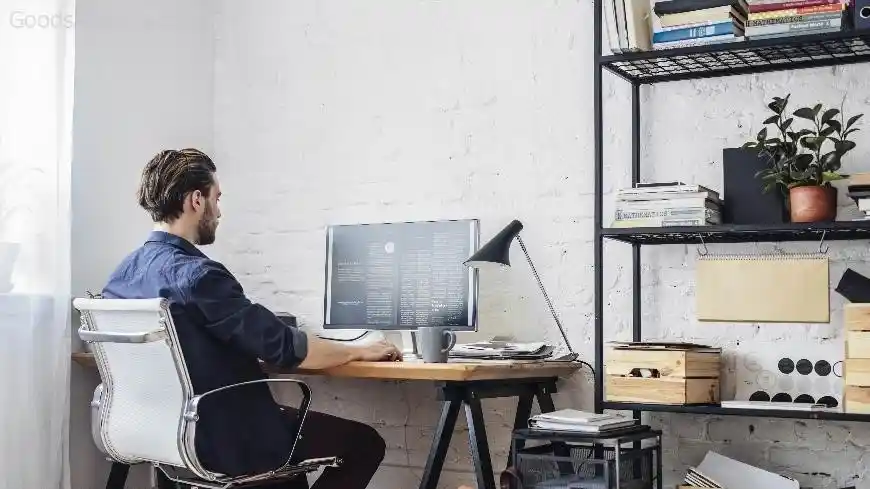
- Ergonomics: Ensure your chair and desk are at comfortable heights. Poor posture caused by poorly arranged furniture can lead to back, neck, and shoulder pain, which is a growing issue, especially among office workers. According to the National Institute for Occupational Safety and Health (NIOSH), musculoskeletal disorders caused by poor ergonomics are among the top causes of workplace injury.
- Lighting: Natural light is ideal, as it boosts mood and focus. However, if that’s not possible, invest in warm artificial lighting to avoid eye strain and headaches.
- Accessibility: Frequently used items should be within easy reach. Keep things like your keyboard, mouse, and phone directly in front of you.
2. Digital Organization
In the age of digital workspaces, keeping your computer desktop organized is just as important as your physical desk. Studies show that a cluttered digital space can have the same impact on focus as physical clutter. According to a 2020 report by the American Psychological Association, digital distractions contribute to higher stress levels.
Key Recommendations:
- Declutter your desktop: Organize files into clearly labeled folders, and archive old or unnecessary files.
- Use task management tools: Apps like Trello, Todoist, or Notion can help keep your tasks and projects organized. Use digital calendars to keep track of meetings, deadlines, and reminders.
- Automate processes: Set up email filters, use scheduling tools, and organize workflows to eliminate repetitive tasks.
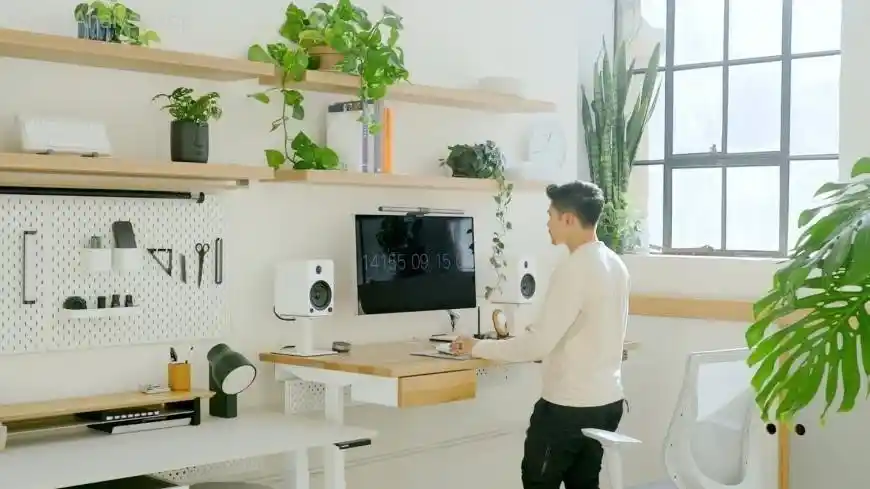
3. Personalization and Comfort
Personalizing your workspace can actually improve productivity, as long as it’s done wisely. A few personal items, like a plant, family photos, or a favorite book, can make your workspace feel more welcoming and reduce feelings of isolation, especially in remote work environments.
However, the key here is moderation. Too many personal items can contribute to clutter, which negates the benefits of personalization. In addition, be mindful of the balance between comfort and professional functionality—an overstuffed chair might be comfortable, but if it hinders movement and is a distraction, it’s not ideal.
4. Decluttering and Minimalism
Minimalism is not just a design trend; it’s a productivity hack. The fewer distractions you have in your environment, the better your focus will be. A minimalist workspace tends to be easier to maintain and cleaner in the long term.
Key Tips:
- Purge unnecessary items: Regularly review what’s on your desk and in your drawers. Get rid of items that you haven’t used in weeks.
- Digital decluttering: Besides files and folders, clear your inbox, and close unused tabs on your computer. This simple act can reduce mental fatigue.
- Invest in storage: If you must keep items, consider storage solutions like file cabinets, boxes, and shelving that will keep things out of sight.
5. Sustainability in the Workplace
In recent years, sustainability has become a key factor in workspace organization. Eco-conscious choices not only help the environment but also contribute to a more positive workplace culture.
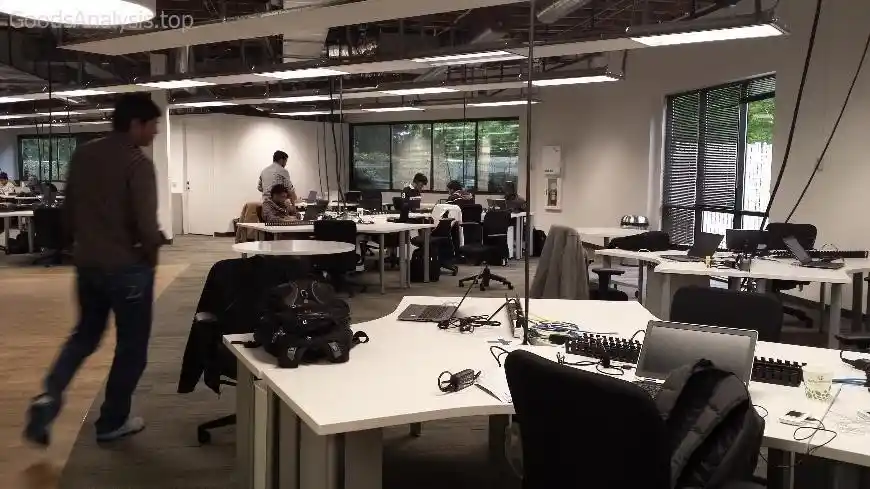
Consider the following:
- Eco-friendly materials: Opt for sustainable furniture, biodegradable products, and energy-efficient devices.
- Paper reduction: Go digital wherever possible. For the paper that you do need, use recycled options, and remember to recycle old documents when they’re no longer necessary.
The Negative Side: Things to Watch Out For
While a well-organized workspace has many benefits, there are also a few pitfalls that could potentially undermine your efforts:
- Over-Organizing: While it’s tempting to create the perfect, Instagram-worthy workspace, be cautious. Over-organizing can become a task in itself, and striving for perfection may be counterproductive. The goal is functionality and ease, not achieving an unrealistic standard of tidiness.
- Isolation: Personalizing your workspace is great, but make sure it’s not isolating you from the team or creating unnecessary barriers. If you’re working in a shared space, a balance is key—avoid over-personalizing in a way that detracts from collaboration.
- Tackling Too Much at Once: When organizing, it’s easy to get carried away and start reshuffling everything at once. However, this can cause unnecessary stress and slow you down. Focus on one area at a time and give yourself breaks.
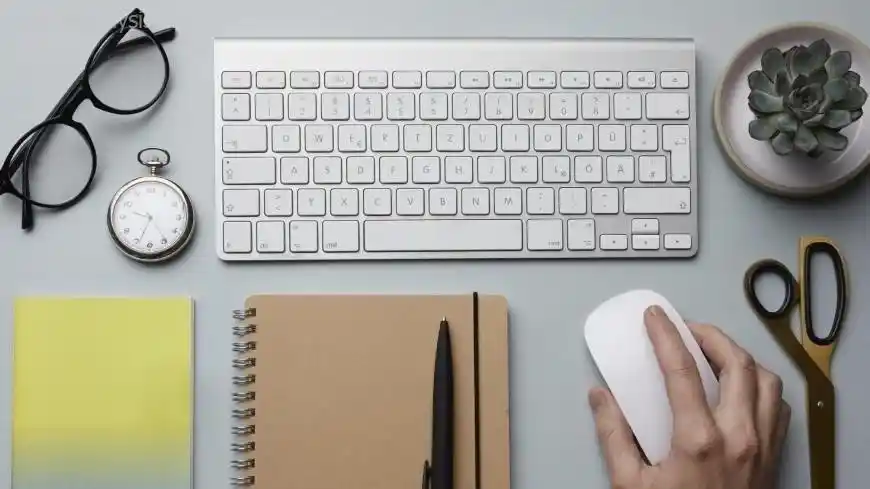
How to Overcome Common Workspace Organization Challenges
- For the Disorganized Worker: If you’re someone who struggles to keep things tidy, consider enlisting the help of a professional organizer, or use simple tools like a “to-do” list to break down your tasks.
- For Those With Small Spaces: Space is often at a premium, especially in home offices. Use vertical storage, wall-mounted shelves, and compact furniture to maximize every inch.
- For Remote Workers: Stay connected by having designated work hours and a specific area for work. Even a small corner of your living room can be transformed into a functional workspace with the right tools.
Real Opinions on Workspace Organization
To offer some perspective, I’ve gathered a few thoughts from people across different demographics on the topic of workspace organization:
- Maria, 52, Argentina: “When I started organizing my home office, it felt like a huge burden was lifted off my shoulders. I realized I’d been spending hours searching for things I thought I lost, but it turns out they were just buried under piles of papers. Keeping it tidy now is so much easier than I thought.”
- James, 35, USA: “I used to think a messy desk was a sign of creativity. But after reading about how clutter affects focus, I decided to declutter. It took some time, but now I’m more productive. Plus, I sleep better without the stress of a disorganized workspace.”
- Rika, 28, Japan: “I’ve always been a minimalist, so organizing my workspace felt natural. What I realized is that it’s not just about keeping things neat—it’s about making sure everything I need is easily accessible. That small adjustment made a huge difference.”
- Juan, 60, Spain: “After retiring, I had a lot of free time, but my workspace was a mess! I used to think I didn’t need a well-organized space because I wasn’t working for a company anymore. But once I sorted everything out, I found myself more engaged in hobbies and personal projects.”
- Liu, 40, China: “In the office, the team environment is crucial for me. We recently changed our office layout, and the results were amazing. Having everyone’s desks organized around common areas where we could collaborate really boosted the mood and the flow of ideas.”
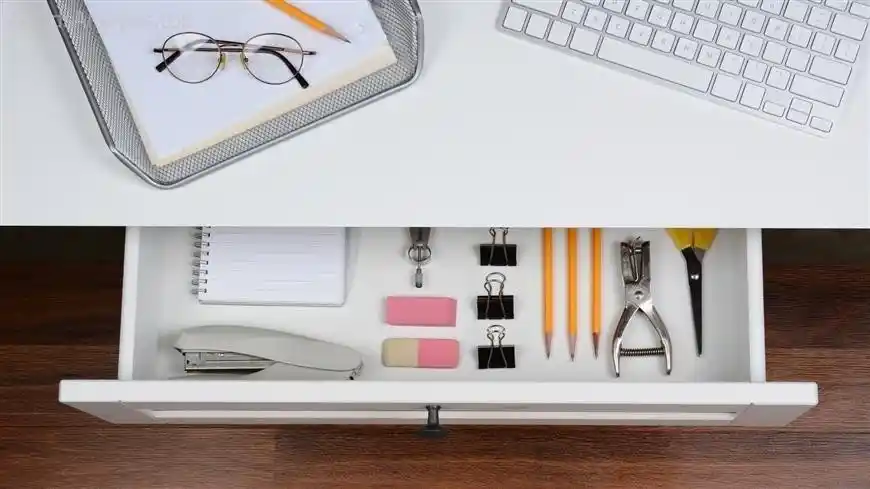
Conclusion: A Workspace That Works for You
Organizing your workspace isn’t just about cleaning your desk or aligning your pens. It’s about creating an environment that supports your physical health, boosts your productivity, and fosters a sense of well-being. Whether it’s the placement of your chair, the streamlining of your digital tools, or making sure your workspace reflects your personality—these little details can make a big difference.
Remember, the goal isn’t perfection. It’s functionality. With a little effort, the right tools, and a clear vision, you can transform your workspace into a place where you feel productive, comfortable, and happy.

